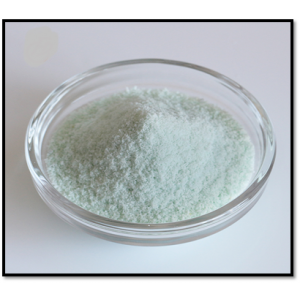Description
An Overview of Sodium Hydrosulfide 70%
Sodium hydrosulfide (NaHS) is an important chemical compound with a wide range of industrial applications. This compound is particularly notable in its 70% formulation, which offers concentrated benefits for various sectors, including mining, wastewater treatment, and pulp and paper production.
Chemical Structure and Properties
Sodium hydrosulfide is composed of sodium, hydrogen, sulfur, and has a chemical formula of NaHS. In its concentrated form, it appears as a yellowish or brownish liquid and has a pungent odor reminiscent of rotten eggs, which is characteristic of hydrogen sulfide, one of its dissociation products in solution. Sodium hydrosulfide reacts strongly with acids, releasing hydrogen sulfide gas, which requires careful handling and appropriate safety measures.
Applications in Industry
Mining Industry:
Sodium hydrosulfide plays a crucial role in the mineral extraction process, particularly in the flotation of metal ores. It acts as a collector and depressant, improving the separation of minerals such as copper, lead, zinc, and gold from their ores. The ability of NaHS to change the surface properties of minerals enhances the efficiency of the flotation process, leading to higher recovery rates and reduced reagents costs.
Wastewater Treatment:
In the treatment of industrial wastewater, sodium hydrosulfide is employed to precipitate heavy metals and reduce sulfide content. Its ability to form insoluble metal sulfides helps in mitigating pollution and enables the recycling of water in various industrial processes. Additionally, it is used in the dechlorination of wastewater in certain facilities, ensuring that harmful chlorine is removed before water is returned to natural water bodies.
Pulp and Paper Production:
The pulp and paper industry utilizes sodium hydrosulfide in the production of sulfite pulp, where it acts as a reducing agent during the cooking process. By breaking down lignin, NaHS promotes the extraction of cellulose fibers essential for paper manufacturing. This contributes to both the efficiency of pulping processes and the quality of the final product.
Chemical Synthesis:
Sodium hydrosulfide serves as a valuable reagent in organic chemistry. It is used for synthesizing thio compounds, such as thiols and sulfides, which are vital in pharmaceuticals and agrochemicals. Its unique sulfur-rich composition enables the production of a wide range of chemically diverse and useful compounds.
Safety Considerations
Due to the potential hazards associated with sodium hydrosulfide, including its toxicity and the production of hydrogen sulfide gas, safety protocols must be rigorously followed. Personnel working with NaHS should use personal protective equipment (PPE) such as gloves, goggles, and respirators to avoid exposure. Proper ventilation in storage and handling areas is also imperative to prevent the accumulation of hazardous gases.
Conclusion
Sodium hydrosulfide 70% is more than just a chemical; it is a versatile agent that plays a key role in various industrial applications. Its applications in mining, wastewater treatment, pulp and paper production, and chemical synthesis highlight its significance in modern manufacturing and environmental management. As industries continue to evolve, sodium hydrosulfide will likely remain a critical component in addressing both operational challenges and environmental concerns. However, due to its hazardous nature, it is crucial that safety measures be prioritized to ensure the well-being of individuals and the environment alike.












Reviews
There are no reviews yet.